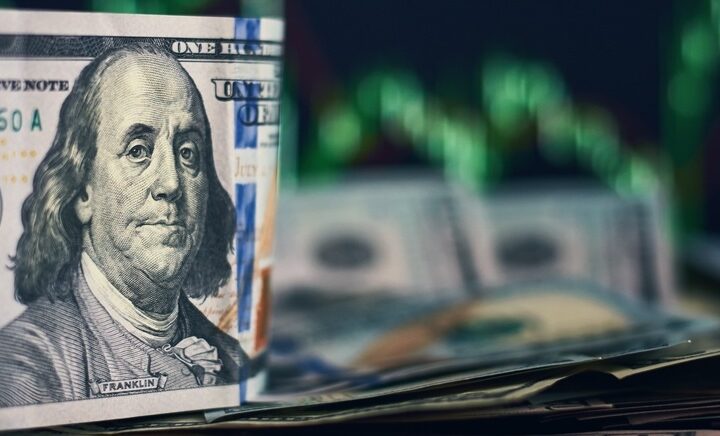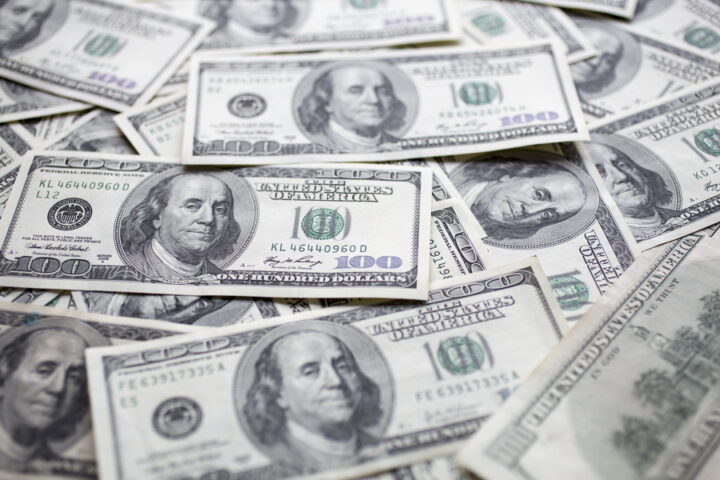By Jamie McGeever
LONDON, Jan 22 (Reuters) – The yen turned course and weakened on Tuesday, easing from two-and-a-half-year peaks against the dollar hit earlier in the day as the global stock market rout fuelled speculation of an emergency U.S. interest rate cut.
Federal Reserve action could shore up confidence in battered markets and limit the damage being inflicted on the
Asian and European equities had earlier dived as fears of a
These moves and deep underlying nervousness fuelled speculation the Federal Reserve will deliver an emergency rate cut of up perhaps 75 basis points before the Wall Street open to shore up confidence in battered financial markets.
Rate cut hopes and a desperate need for some respite took the steam out of the yen’s rally. But with U.S. stock futures still pointing to losses of around 4-5 percent at the open and Bank of America announcing over $5 billion in fourth quarter writedowns, markets remain extremely nervous.
“Everyone is positioning for a cut but I think they’ll be disappointed,” said Russell Bloom, analyst at Action Economics in
“Markets are hoping for a policy response out of the
At 1225 GMT the dollar was up 0.2 percent on the day versus the yen at 106.20 yen, having earlier fallen as low as 105.63 yen. That marked a near 5 percent decline this month, on track for the pair’s biggest monthly loss in years.
The euro also bounced back against the yen, up 0.5 percent at 154 yen, having earlier traded at a five-month low of 152.12 yen.
The euro rebounded from a one-month low against the dollar below $1.4490.
ALL EYES ON FED
The Nikkei stocks average and emerging equities tumbled more than 5 percent, while European stocks dropped as much as 4 percent before recovering some ground.
All eyes are now on
“The question then is whether the selloff in equities to date, including the decline that is being priced into
“The risk has clearly risen. Whether they act quickly or wait will likely depend on whether the roughly 5 percent decline in the U.S. market currently being signalled by futures is pared back or added to in U.S. trading today.”
UBS now predicts a
Interest rate futures expect the Fed to slash benchmark rates to below 2.5 percent this year from 4.25 percent currently, starting with 75 basis points of easing this month, perhaps even before the U.S. stock market open on Tuesday.
Treasury Secretary Henry Paulson is due to deliver scheduled remarks on the economy at 1300 GMT.
On the other side of the Atlantic, euro zone rates have remained stubbornly high but financial markets interpreted remarks from a European Central Bank policymaker last week as a signal interest rates may come down in order to support the region’s slowing economic growth.
Euro zone interest rate futures now expect around 75 basis points of ECB easing this year from 4 percent currently. Futures at the start of January pointed to the ECB on hold all year.







